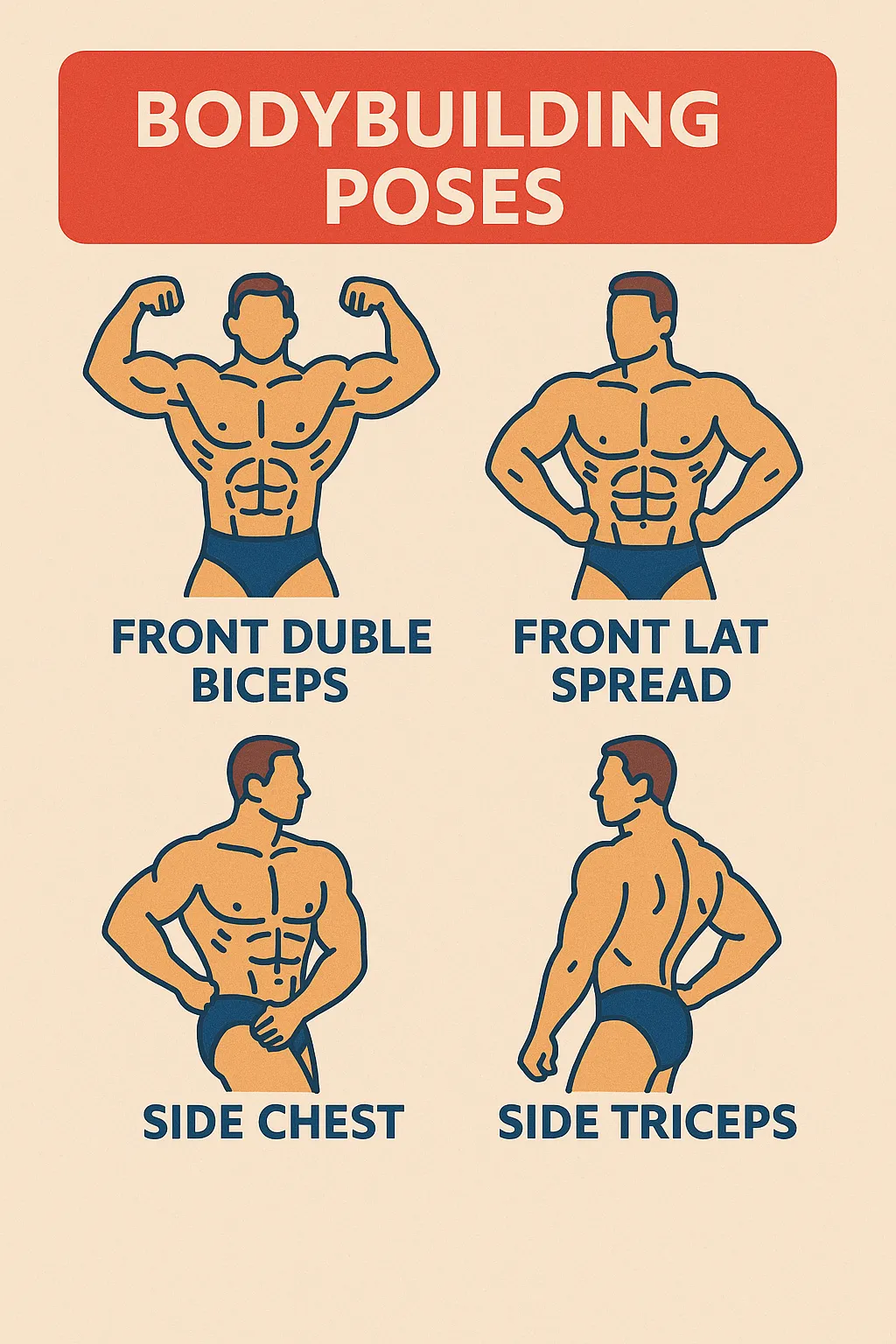Starting a gym presents opportunity as well as difficulty. Knowing the figures behind creating a gym can help you as an entrepreneur even if the expansion is still high. Here we go, just how much operating a gym costs, so you can weigh all your alternatives before entering this industry.

How Much Does It Cost To Open A Gym?
Here are some vital details you need to know when opening a gym:
Location:
• Lease: $45,000 to $90,000 annually
• Buy: $105,000 down payment, $150,000
One of the main upfront costs is location finding. The expenses of leasing against purchasing will be somewhat different. Leasing costs between $45,000 and $90,000 per year, while purchasing needs a down payment of $105,000-$150,000. You are also in a better position to make the appropriate selection once you have investigated your target market.
Renovation and Interior Design Cost
$30,000 – $105,000
Renovation of your facility is one of the key investments. Expenses will vary based on your concept-design choices and how much remodelling would be required. Major installations might include bathing facilities, lockers, customized flooring, and ventilation. A basic 3,000 sq ft gym would cost roughly $105,000 to construct with all essential equipment.
Gym Equipment:
• Lease: $2,000 – 3,000 per month
• Buy: About $75,000
Non-exercise Equipment: $10,000 – 20,000
The essential option is either leasing or purchasing your gym equipment. Leasing is quite affordable since this might include maintenance support and even updating. On the other hand, purchasing the equipment demands big upfront expenditure with no ongoing lease payments.
Insurance Cost: $500 – $2,000
Insurance is a key aspect that will insure your company from accidents and unanticipated catastrophes. It normally falls between $500 and $2,000, covering general liability, property insurance, and employee’s compensation.
Licenses and Permits Cost: Approximately $5,000
Acquire all the licenses and permissions necessary to satisfy the standards specified by the local authorities. This might be a company license, or health and safety license, amongst others.
Inventory Cost: $1,000 – $5,000
Initial inventory of cleaning goods, office materials and accessories on fitness: anywhere from $2,000 to $5,000, depending on your emphasis.
Gym Operational Costs
Staff Expenses Cost: $15,000 – $20,000 per month
One of the primary continuous expenditures is payroll. Initial staff expenditures for a small gym might be anywhere in the range of $15,000 to $20,000. All this cost involves salary, recruiting charges, and training.
Utility Cost: $500 – $2,000 per month
The utility expenses for power, water, and internet vary substantially based on the size of your gym and hours of operation.
Gym Management Software Cost: $0 – $500 per month
Invest in gym management software to aid with anything from membership administration to financial reporting. Tools like WodGuru may assist provide a better experience for customers and streamline corporate procedures.
Other Expenses to Expand Your Gym
Marketing and Branding Cost: $7,000 – $14,000
The vital function of marketing in acquiring and maintaining members: This may be a website, social media, and marketing material.
Staff Training Cost: $500 – $3,000
Invest in the training of your personnel to guarantee that your team gives the utmost in service essential to provide value to member happiness.
Community Engagement Cost:
$500 – $10,000
Community with events and seminars generates loyal engaged members.
Digital Transformation: Of importance, gym company owners eager on relevance can no longer turn away from making their activities digital. This is inclusive of online training sessions and fitness applications that will expand your ability and reach dramatically.
Miscellaneous Expenses Cost: $1,000 – $5,000
It’s usually advisable to have a budget line for contingencies that covers emergency repairs, upgrading of equipment, and seasonal increases in utilities.
Franchise versus Independent Gym
Franchise Gyms: Opening a franchise may give brand recognition and some operational help but often involves greater upfront expenditures and continuing royalty payments.
Independent Gyms: Creative flexibility and reduced initial expenses may be the advantage, but more work will have to be committed in marketing and brand development.
How to Finance Your Gym
Bank Loans: Traditional bank loans may offer the funds necessary, particularly with a sound company plan.
Investors and Partnerships: Attracting investors means earning much-needed funds, but it also adds knowledge.
Crowdfunding: Platforms like Kickstarter enable you to collect cash and concurrently establish a community of supporters long before your gym opens.
Bottom Line
Opening a gym comes with a significant range of fees to consider, from your initial investment to continuing operating charges. By structuring your budget and knowing the financial environment of your company, you will put your gym up for success be it a boutique studio or full-scale facility.
Being knowledgeable about your expenses is going to assist you make smart choices that will lead into a lucrative and growing firm.







